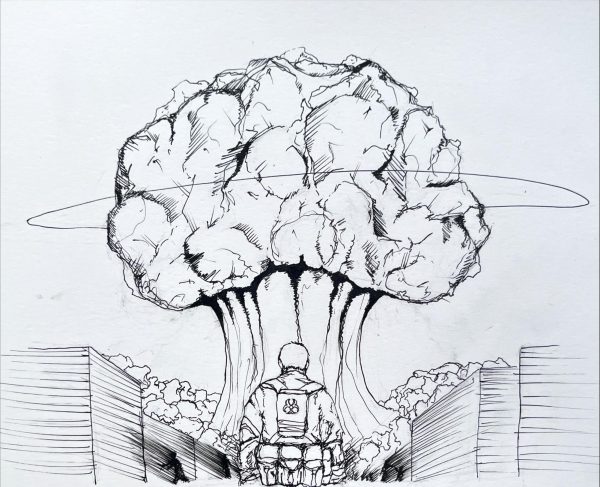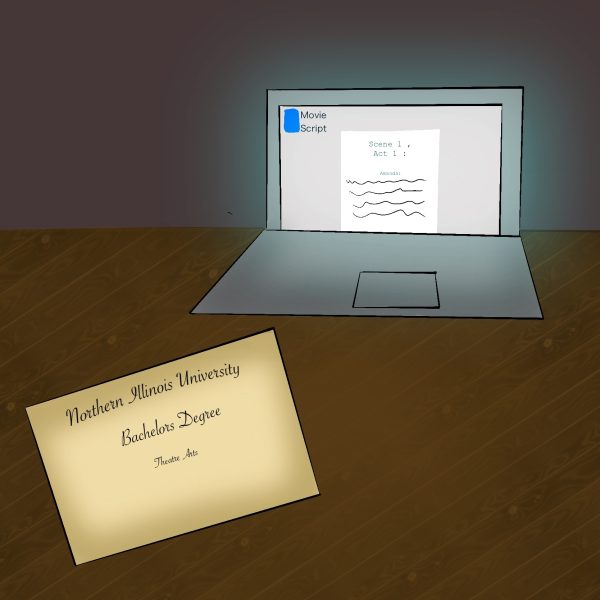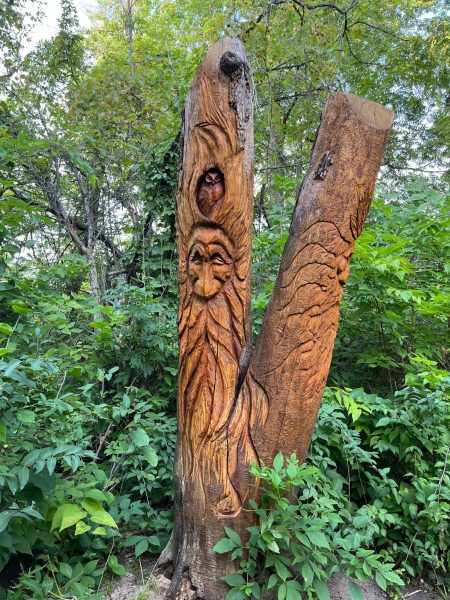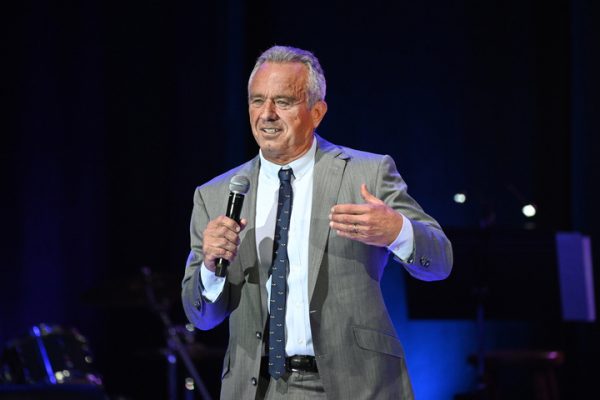Climate change contributed to California wildfires
December 5, 2018
Smokey the Bear said only people can prevent forest fires, but this isn’t always the case, seeing as things like climate change can cause such fires.
In November, California saw horrible destruction as a result of forest fires, and President Trump responded by blaming forest management. Despite the president’s opinion, no forest management could have foreseen or prevented the incident.
This year, California faced its most destructive season having only had three major fires and while the number was small, the damage was still large.
Two recent examples of this destruction come from the Camp Fire in Butte County California and the Woolsey Fire in Malibu, California. While the causes of these fires are still under investigation, it is entirely possible to believe they were caused by forces beyond forest management’s control.
In a Nov. 10 Tweet Trump said, “There is no reason for these massive, deadly and costly forest fires in California except that forest management is so poor. Billions of dollars are given each year, with so many lives lost, all because of gross mismanagement of the forests. Remedy now, or no more Fed payments!”
No forest management is perfect but to directly blame the fires on this is in poor taste because there are many different ways the fires could have started.
One addditional reason for forest fires is the ever-changing climate. California is known for being a dry state and gets most of its moisture in the winter and fall seasons. The vegetation spends much of the summer slowly drying out because of a lack of rainfall and warmer temperatures, serving as a kindling for fires.
“Fire, in some ways, is a very simple thing,” Park Williams, a bioclimatologist at Columbia University’s Lamont-Doherty Earth Observatory, said in a Nov. 9 New York Times article. “As long as stuff is dry enough and there’s a spark, then that stuff will burn.”
Another problem concerning the dry season is it appears to be getting longer. California has gone for a very long time without a rainfall.
California is known for having dry seasons; it rains more in Illinois than it does in California, having three to four times more wet days than the latter.
“There is not one single cause in the case; there are overlapping ingredients that came together to produce this unfortunate event,” Walter Ashley, professor of geography who specializes in meteorology, climatology and hazards, said. “The climate of the area is what we would consider has a wet season and a dry season. The dry season has been getting longer and longer with the changing climate.”
The disaster worsened with the rapid winds coming about, which could have caused the fires to spread to other places more quickly than they otherwise would have.
Gusts of up to 60 miles per hour further dehydrate already dry vegetation and push the fire along with incredible speed.
“If these conditions and the resulting damage persist, this could well turn out to be one of the costliest weather and climate disasters, far exceeding the damage caused by any major hurricane [in the U.S.],” Dr. Joel Myers, founder and president of AccuWeather, said Nov. 13.
No one can change the weather, and poor forest management isn’t to blame; however, there are ways to prevent these fires from getting worse and burning.
One solution is to stop building things such as buildings in locations where the fire threats are high. This could prevent the loss of so many lives like the 85 deaths from the Camp Fire and the three deaths from the Woolsey fires.
“Fire, in particular, has always been a part of the ecosystem, and for many decades, we have been suppressing fires, which has allowed some increase in the build-up of the fuel,” Ashley said. “When fires occur, they burn hotter and longer, but we have learned over the last few decades fire suppression alone is not the way to go about fighting fires.”












